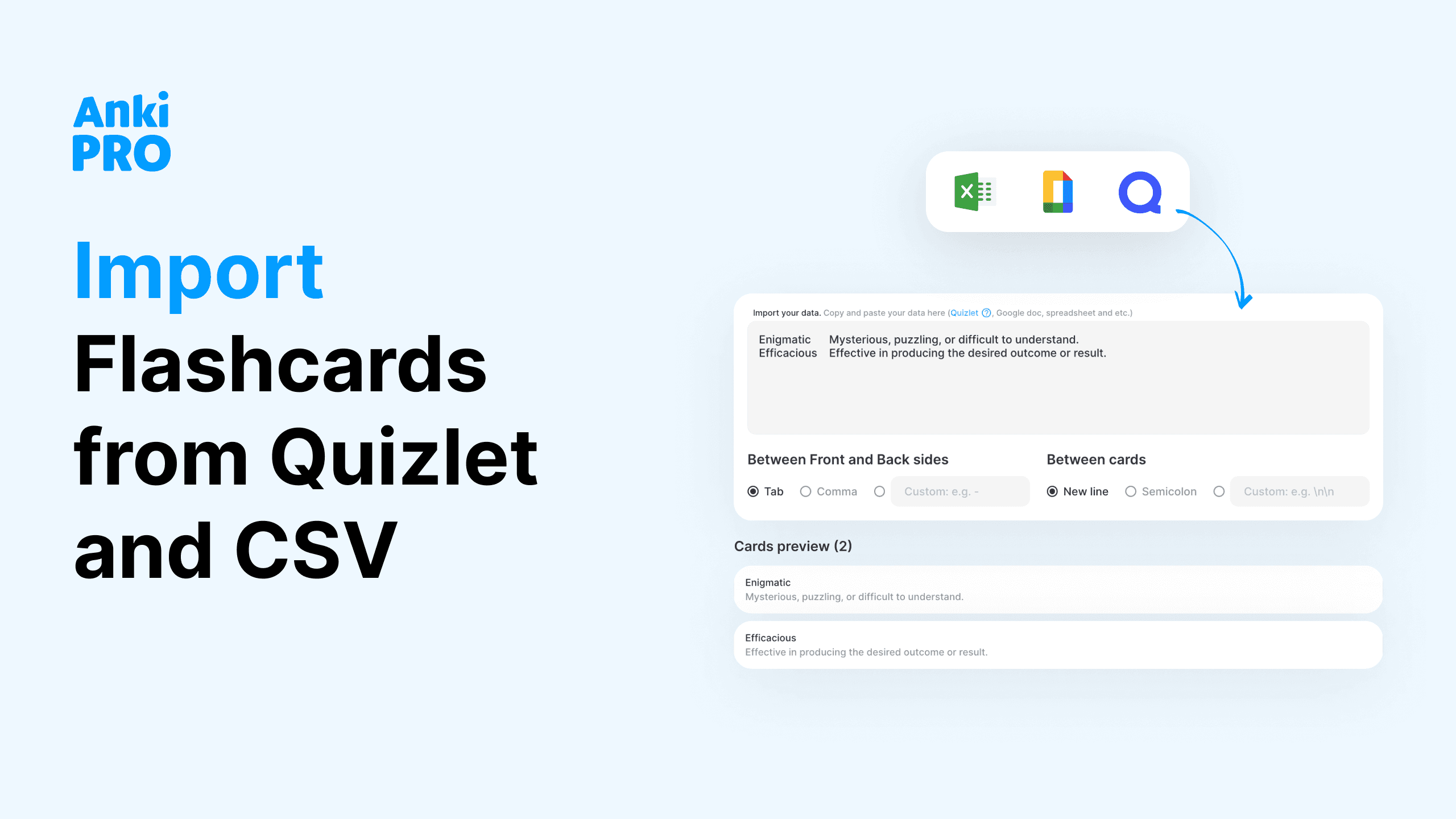Online learning isn’t new. But its presence in our lives seems to get bigger and bigger over time. A wide variety of educational technology products have changed just how advanced online education can be. Since 2020, work-from-home and distance learning have become the norm and a lot of people have strong feelings in both directions about it. Whether you prefer to work in a cubicle or on your laptop is one thing. The education and well-being of students ups the stakes of the online vs. offline education debate. So which one is better? What kinds of students can benefit from each education mode? Is there a middle ground?
What is online learning?
Online learning takes place entirely outside a traditional classroom. In some online courses, the students attend lectures together on video calls. Others are completely asynchronous. In those cases, students watch video lectures, read the texts, and complete their assignments on their own time. Online classes are most commonly used for university and adult education, but there are also online homeschooling programs for younger students. When schools were closed early in the COVID-19 pandemic, children as young as primary school were learning online.

Pros of online classes
Whether synchronous or asynchronous, here are some ways students can benefit from online learning:
Accessibility
Since online courses can be done from anywhere, they give students the opportunity to learn in an environment that’s most comfortable for them. It doesn’t matter if you’re in a blazer and tie or still wearing your pajamas as long as you’re getting the work done.
Lifelong learning
Unlike traditional learning, online classes are popular for adult education for a reason: they make it easier to juggle school and other responsibilities. Getting kids comfortable with online learning can show them that learning doesn’t have to stop once they graduate. When done well, children explore their own learning pace can also build curiosity and help kids figure out what work schedule is best for them.
Affordability
Sure, a laptop and internet bills aren’t cheap if you don’t have them already. But online classes do save money on a lot of school expenses. For example, transportation, school supplies, uniforms, project materials, et cetera.
Cons of online classes
Even advanced online education isn’t perfect for everyone, though. Here are some disadvantages of online classes for students:
Technical issues
Computers are great when they work, but they can and do go on the fritz. When an internet connection outage or other kind of technical difficulty can get in the way of an education, it’s best to have some kind of offline backup.
Prolonged screen time
Spending all day looking at screens for school and recreation can lead to health problems like headaches, eye strain, distractibility, and sleep disturbances, especially for young children. Also, offline classes have fewer distractions compared to the Internet!
Lack of social interaction
One thing online learning can’t replace is face-to-face experience with teachers and peers. To some students, self-discipline is hard without it, too. After all, going to school isn’t just about learning academic material, it’s also about learning social skills and building relationships with other people. And since online schools don’t offer the same opportunities for extracurricular activities, building a social life can be very different if you study online and offline.

Who can benefit from online classes?
The online classes vs. offline classes debate isn’t always cut and dry. There are some groups of students who can particularly benefit from online education:
Mature students
And I don’t mean emotionally mature, though that does apply too. Adult students typically have more responsibilities and commitments outside of offline education than their teen counterparts. Flexible online courses can allow those who juggle parenthood, full-time work, caring for aging relatives, and other adult responsibilities to get an online degree more easily.
Students with distance barriers
Learners in rural locations can access educational opportunities that their small communities would not otherwise offer thanks to advances in e-learning. Many rural schools struggle to recruit and retain knowledgeable faculty. And the faculty that they do have are spread thin. Online learning can open up a new world to these students and ease the burden on their teachers. Also, the cost of online courses might is ofter more affordable.
Kids with parents who can stay home with them
For young students who can’t be left alone and have adults who work outside the home, an entirely online education may not be the best fit. But if that’s not the case and their adults can take a supervisory role in their education, learning at home could work just as well or even better.
What is offline learning?
Offline learning is the traditional offline education style where students go to a school building and build knowledge in physical proximity to fellow students. These days, technology is usually a part of it, but there are also physical textbooks and handwritten note-taking that education alive still implies.

Pros of offline classes
Traditional education in a school building where students and teachers interact in person isn’t likely to go away entirely any time soon. There are some things about it that the internet just can’t replace.
Face to face interaction
In a classroom setting, students get more attention from their teachers. It can be hard to pay individual attention to everyone from a screen. When a teacher can see their students’ body language, they can better assess what they need help with. Learning social skills, advantages of an IRL conversation, and building relationships with other students can’t quite be replicated in an online learning environment.
A structured environment
No one is born knowing time management, punctuality, and appropriate self discipline for the setting. These are all things that need to be taught to young children by adults and teachers. Without the structure that offline education provides, some children might not have the opportunity to learn these skills.
Cons of offline classes
Though offline classes have been the norm for centuries, offline education and traditional offline learning might have disadvantages, too:
Rigidity
For successful offline learning in physical schools, students have to consistently show up on time, keep a proper schedule, and look and behave appropriately when they arrive. For a lot of students and adults, this isn’t difficult. But for families living in poverty, experiencing medical issues, and dealing with other disadvantages it can be hard to show up in the first place. Some students in these positions overcome, others fall through the cracks.
Use of resources
Transportation, supplies, and appropriate clothing can get expensive. Distance can also be a barrier for students who live in rural areas. And how resource availability affects students doesn’t end at what their families can afford. Schools with more funding offer more educational opportunities.
Who can benefit from offline classes?
These are the groups of students who can benefit most from offline learning:
Young students
Though fully online learning can be great for students who have learned discipline and responsibility, younger children benefit from the structure, attention, and social-emotional learning that comes with offline classes. This isn’t to say that there aren’t great supplemental ed tech instruments for early education.
Students with working parents
During the COVID distance learning era, plenty of parents struggled with being present to supervise their children’s learning because they couldn’t just drop their jobs and other responsibilities. When students attend offline classes, their parents can trust that they are being looked after (and helped with homework).
Extroverted students
Many online students struggle with loneliness, unable to participate in social life. For students who thrive on social interaction, spending the entire day in online classrooms can feel like torture. These students would benefit most from fully in-person offline classes in a physical classroom.
Create the best of online and offline worlds
For most modern students, the answer to their education is a balance between online and offline tools. What that balance will look like will depend on the student’s strengths and preferences. Plopping a student in front of an iPad and expecting them to get their work done without any connection with their teachers or parents won’t get the job done, but a completely acoustic experience won’t help students prepare for careers and lives in the digital world. Parents and teachers can help create that balance by planning a combination of online and offline study activities, using online learning as a supplement instead of a replacement, and choosing online solutions carefully.
What to look for in online education
The world of online educational resources has a lot of grifters. The social media gig economy encourages people to monetize every skill they have through their blog, and the audience doesn’t always check their credentials before taking their advice as gospel. From life coaching pyramid schemes to educational blogs that care more about stuffing keywords than correctly answering your questions, not all tools for practical learning online education are good quality. So how do you, as a student, educator, or parent, separate the fluff from the real deal? Here are a few things to look for before you start using an online learning tool:
- Specificity: no tool can be everything to everyone
- Expertise in curriculum: is it created by and for educators?
- Efficiency: does the tool use technology to make learning go smoother and faster, or does it want you to rely on it longer?
Online learning is only as good as the tools that you use and how you take advantage of them. Whether your classes are online or in-person, Anki Pro app uses spaced repetition to help you learn new material at your own pace!











